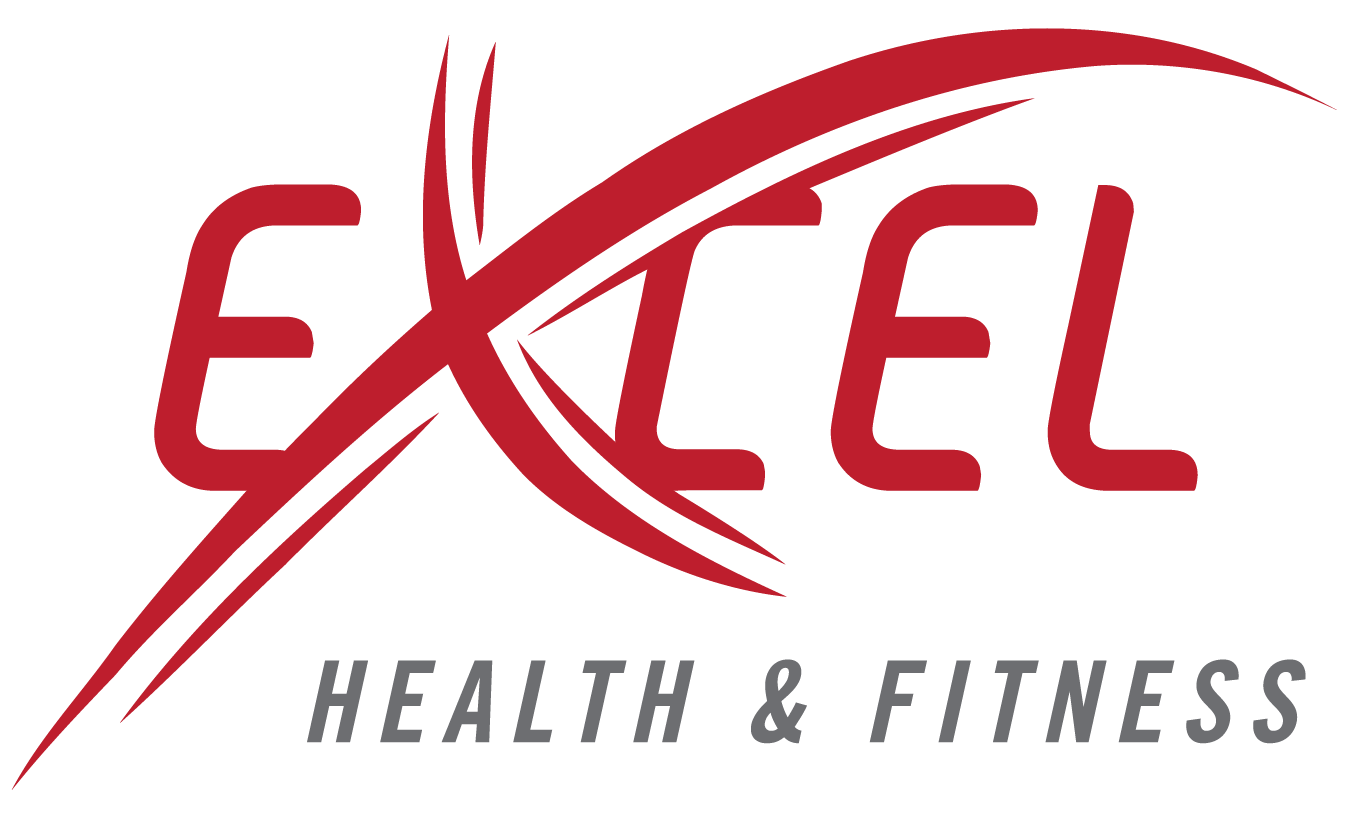Why Do People Stick With Fit3D Once They Try It?
There are a lot of ways to test your body fat these days:
Smart scales at home
InBody machines at gyms
Calipers with trainers
DEXA scans in clinics
But once someone does a Fit3D scan at Excel Health & Fitness in Manteca, they tend to say one thing:
“This just feels more legit.”
It’s not just about accuracy, it’s about confidence, consistency, and the full-body feedback that makes progress feel real.
1. It Doesn’t Change Based on What You Ate That Day
Some methods, like InBody or smart scales, use bioelectrical impedance, meaning they send a light electric current through your body. The results can swing wildly depending on:
How hydrated you are
Whether you just ate or worked out
The time of day
Fit3D doesn’t use any electrical current. It’s a scan based on your body’s shape and structure, so the results are much more stable over time.
2. It’s the Same Setup Every Time — No Guesswork
Fit3D uses a rotating platform, fixed camera angles, and consistent lighting.
You stand in the same position
You wear similar clothes
The scanner does the rest
That means your results are comparable every time, without depending on who’s doing the test or how well it’s performed.
3. You Get a Full Report — Not Just a Number
Some tools give you one number: “24.6% body fat.”
That’s… fine. But it’s not the whole picture.
Fit3D gives you:
3D visual avatar of your body
Posture analysis
Lean and fat mass totals
Circumference measurements
Progress tracking over time
You get context, not just a single number floating in space.
4. There’s No Human Error or Awkwardness
With calipers or manual methods, accuracy depends on the trainer’s skill, and comfort level.
Fit3D is fully automated. There’s no one poking, pinching, or adjusting you. You scan privately, and your data is stored securely in your personal dashboard.
People often say they prefer this because it feels:
More respectful
Less awkward
More precise
5. You Can Actually Use the Results
Here’s the key: Fit3D scans don’t just tell you what you are, they help you decide what to do next.
Should you change your workouts?
Are your glutes growing or shrinking?
Is your waist going down while muscle goes up?
Are your posture or balance improving?
The scan gives you answers, and that builds trust over time.
Final Thought
People trust Fit3D because it removes the noise. It’s clear. It’s visual. It’s repeatable. And it’s designed to help you move forward, not leave you guessing.
That’s why people keep coming back.
